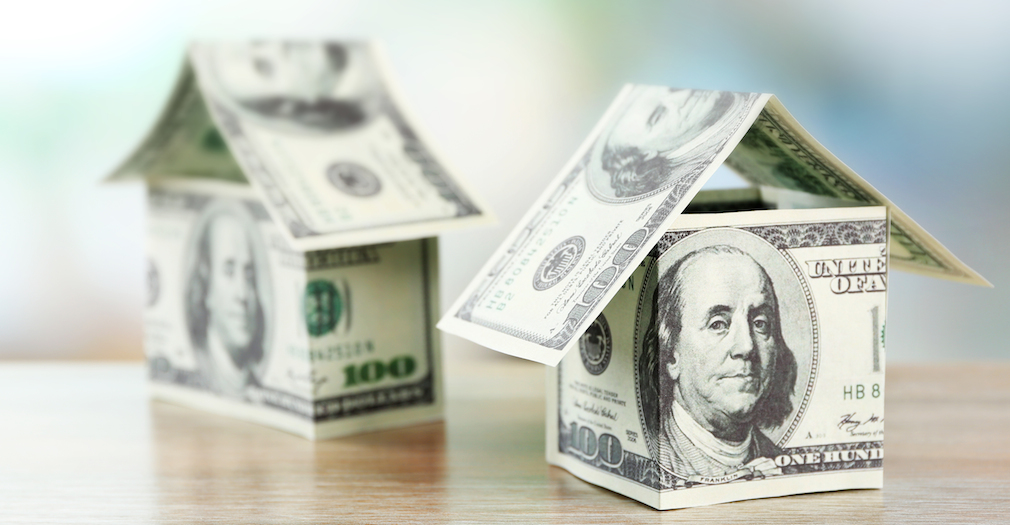Affordability increased in May as the Real House Price Index showed real home prices decreased from the previous month.
Real house prices, the measure of affordability from First American Financial Corp., a global provider of title insurance, settlement services and risk solutions for real estate transactions, decreased in May by 0.5%. However, they still increased 10.2% from May last year.
“Consumer house-buying power improved this month because of the small decline in the 30-year, fixed-rate mortgage and modest wage gains,” First American Chief Economist Mark Fleming said. “The improvement in buying power offset the gains in unadjusted house prices, so affordability improved, albeit just barely.”
“Contrary to popular opinion, when considering real, consumer buying-power adjusted prices, prospective homebuyers benefited in May as homes became more affordable,” Fleming said. “Despite the tight supply and strong demand, real home prices remain well below housing boom peak levels.”
The RHPI measures the price changes of single-family properties throughout the U.S. adjusted for the impact of income and interest rate changes on consumer house-buying power over time and across the United States at national, state and metropolitan area levels. Because the RHPI adjusts for house-buying power, it also serves as a measure of housing affordability.
Consumer home-buying power, how much one can buy based on changes in income and interest rate, increased 0.5% between April and May, but fell 4.5% annually.
First American’s report shows unadjusted home prices increased 5.3% annually. However, the latest report from NAR shows home prices increased 6.5% from last year.
“While the lack of homes for sale is creating very competitive sellers’ markets throughout the country, home buyers got some relief this month,” Fleming said. “While it may be hard to find a home to buy, in May buyers were able to afford a little more home than last month.”







